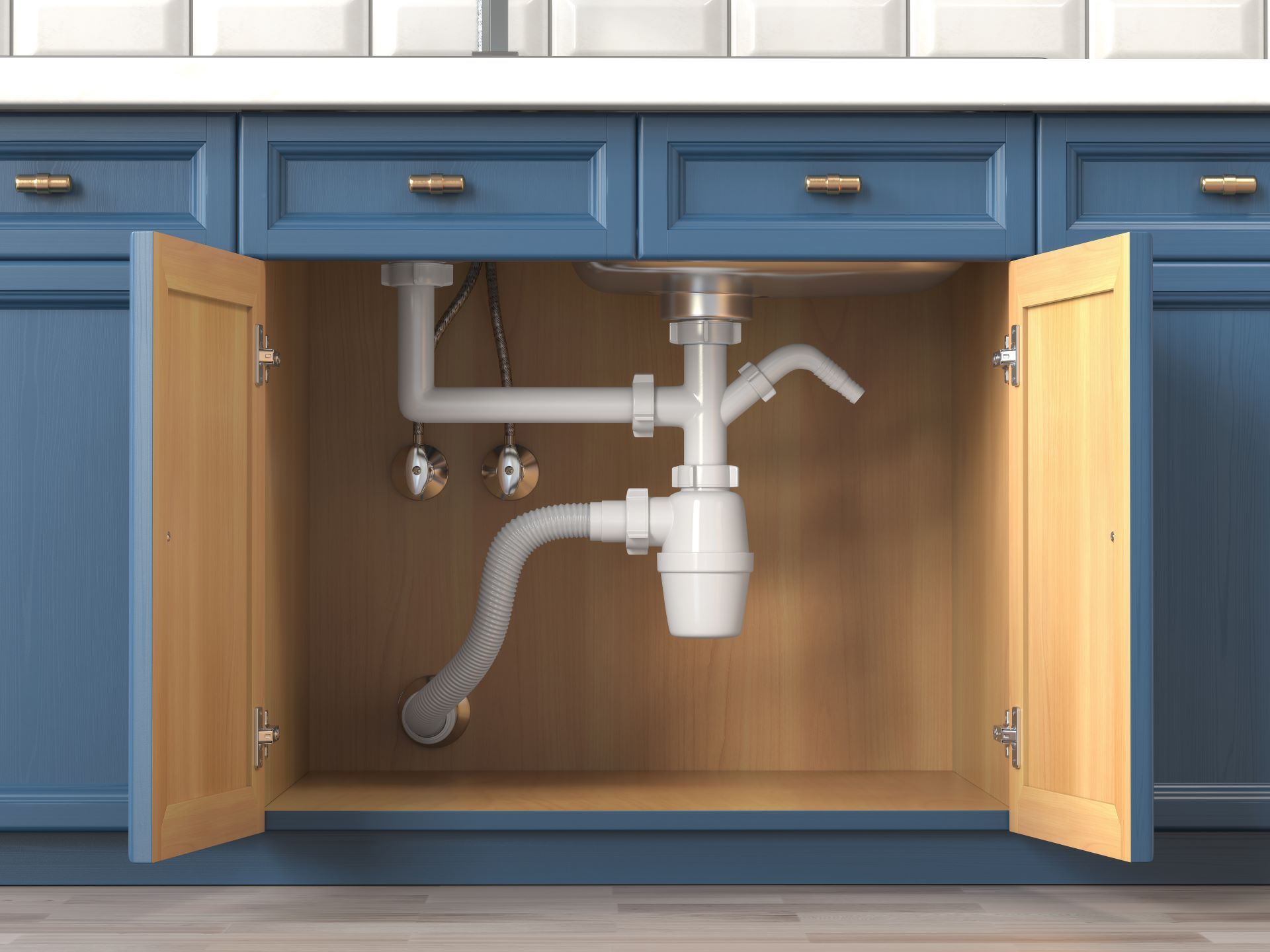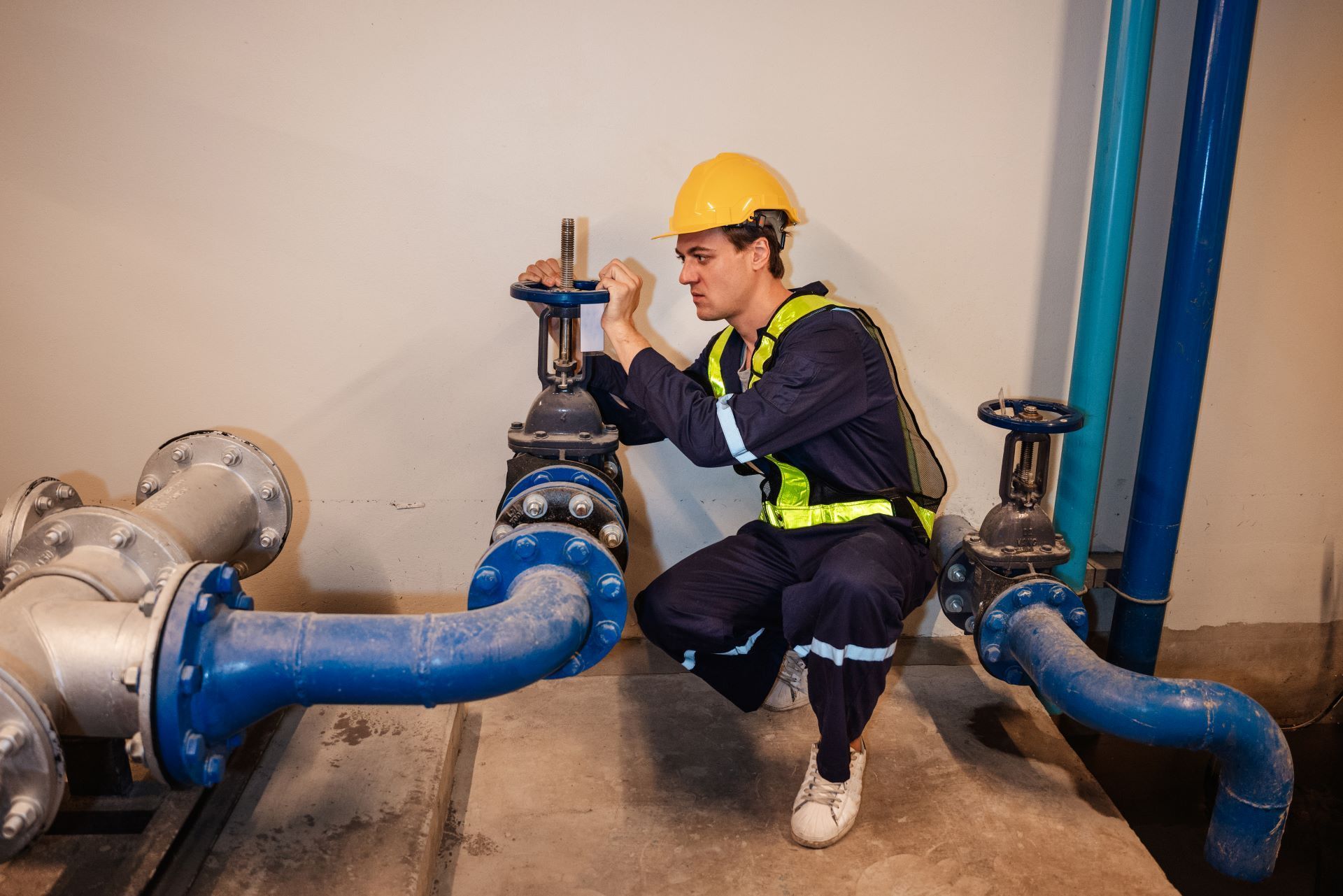Join the Lutz Loyalty Club and start saving today!
What Size Sump Pump do I Need?
Apr 29, 2024
Choosing the right size sump pump for your home is crucial to prevent basement flooding and manage water effectively. With several factors influencing your choice, it's essential to understand why the correct sump pump size matters and how to determine the best fit for your needs.

Why Sump Pump Size Matters
The size of your sump pump directly affects its efficiency and functionality. A pump that's too large can lead to rapid on-and-off cycling, which wears out the pump prematurely. On the other hand, a sump pump that's too small may struggle to handle heavy volumes of water, leaving your basement vulnerable to flooding during severe weather. Finding the right balance is key to ensuring durability and effective water management.
Key Factors in Choosing a Sump Pump Size
- Area of Coverage: The square footage of your basement or crawl space is a starting point. Larger areas might require a more powerful pump to move water effectively.
- Water Table and Rainfall Patterns: Homes in areas with high water tables or heavy rainfall need robust sump pumps to cope with the increased water accumulation.
- Type of Soil: Soil composition affects how water accumulates around your foundation. Clay soils retain water longer, possibly requiring a more powerful pump, whereas sandy soils drain more quickly.
Types of Sump Pumps and Their Typical Sizes
There are two main types of sump pumps: pedestal and submersible. Pedestal pumps are suitable for smaller basins as they are installed above the sump, making them easier to maintain. Submersible pumps, on the other hand, are designed to be submerged in the water, making them ideal for larger basins and offering quieter operation.
- Pedestal Sump Pumps: Generally used in smaller or narrow sump pits. They have motors ranging from 1/3 to 1/2 horsepower.
- Submersible Sump Pumps: These are more common in newer homes and can handle larger volumes of water more quietly and efficiently. They typically range from 1/3 to 1 horsepower.
Calculating Your Needs
To calculate the right sump pump size for your home, consider the following steps:
- Measure your basement area and depth of the sump pit.
- Assess the typical rainfall and your local water table.
- Choose a pump with the appropriate horsepower based on these assessments.
For example, a 1,000 square-foot basement in an area with high rainfall might require a 1/2 horsepower submersible sump pump to ensure all water is managed correctly.
Common Mistakes to Avoid
- Oversizing the Pump: Leads to inefficiency and increased wear and tear.
- Undersizing the Pump: Might not adequately handle the volume of water, leading to potential flooding.
- Ignoring Backup Systems: Always consider installing a battery backup to ensure functionality during power outages.
Keep Your Basement Dry and Safe—Call Lutz Plumbing!
Selecting the right sump pump size is not just about handling water efficiently; it's about protecting your home and peace of mind. Don't leave this to chance—contact Lutz Plumbing for a professional assessment of your needs and ensure your basement stays dry year-round.
Call Lutz Plumbing today to schedule your consultation and take the first step towards a safer, drier basement.
Share Post
Download the Lutz Plumbing App!
Schedule a Service
Membership Access
Access to Exclusive Offers
Manage Financing
... And More!
Free Safety Inspection
Free Extended Warranties
15% Discount
Free Priority Service
Member Only Specials
No Extra Charges for After Hour Service
Hundreds of Five-Star Reviews
Read why happy customers choose us over and over again.
When you have a
plumbing problem in the Kansas City area, you can rely on Lutz Plumbing to be have 24 hour response time. We are a local, family-owned business who shows up on time and ready to tackle your plumbing problems head on.
From leak detection to water heater service and installation, Lutz Plumbing gives you prompt, efficient and high quality plumbing services from knowledgeable technicians.
Read more about what hundreds of customers like you are saying about our five-star service, or call us today at
913-888-9500 and tell us about your problem today.

Dan
"We called at 6:30 on Sunday evening and Brent was at our door at 7:25 and was extremely professional and completed the work in a clean manner. We will be called Lutz Plumbing moving forward!"
Read All Reviews →
John K.
"The employees are always on time and very knowledgeable about the work to be completed. Very impressed, as always."
Read All Reviews →
Amanda
"I called 27 different plumbers at 11 at night, no one could come or they didn't answer. Brent called back 3 minutes later and came right out and fixed it right away. The price was less than other's day prices, so glad you are in business. I will always use Lutz plumbing from now on."
Read All Reviews →
Articles for Homeowners

Find Your Service Location
List of Services
-
Belton, MOBelton, MO
-
Blue Springs, MOBlue Springs, MO
-
Bonner Springs, KSBonner Springs, KS
-
De Soto, KSDe Soto, KS
-
Eudora, KSEudora, KS
-
Excelsior Springs, MOExcelsior Springs, MO
-
Gardner, KSGardner, KS
-
Gladstone, MOGladstone, MO
-
Grain Valley, MOGrain Valley, MO
-
Grandview, MOGrandview, MO
-
Independence, MOIndependence, MO
-
Kansas City, KSKansas City, KS
-
Kansas City, MOKansas City, MO
-
Lansing, KSLansing, KS
-
Lawrence, KSLawrence, KS
-
Leavenworth, KSLeavenworth, KS
-
Leawood, KSLeawood, KS
-
Lee's Summit, MOLee's Summit, MO
-
Lenexa, KSLenexa, KS
-
Liberty, MOLiberty, MO
-
Linwood, KSLinwood, KS
-
Merriam, KSMerriam, KS
-
Mission, KSMission, KS
-
North Kansas City, MONorth Kansas City, MO
-
Olathe, KSOlathe, KS
-
Overland Park, KSOverland Park, KS
-
Parkville, MOParkville, MO
-
Platte City, MOPlatte City, MO
-
Prairie Village, KSPrairie Village, KS
-
Raymore, MORaymore, MO
-
Roeland Park, KSRoeland Park, KS
-
Shawnee, KSShawnee, KS
-
Spring Hill, KSSpring Hill, KS
-
Tiffany Springs, MOTiffany Springs, MO
Local Office
21961 W 83rd St
Lenexa, KS 66227
Contact
Office Hours
Monday - Friday: 8a - 6p
Saturday: 8a - 4p
24 Hour Response
License
#20202383
Financing














